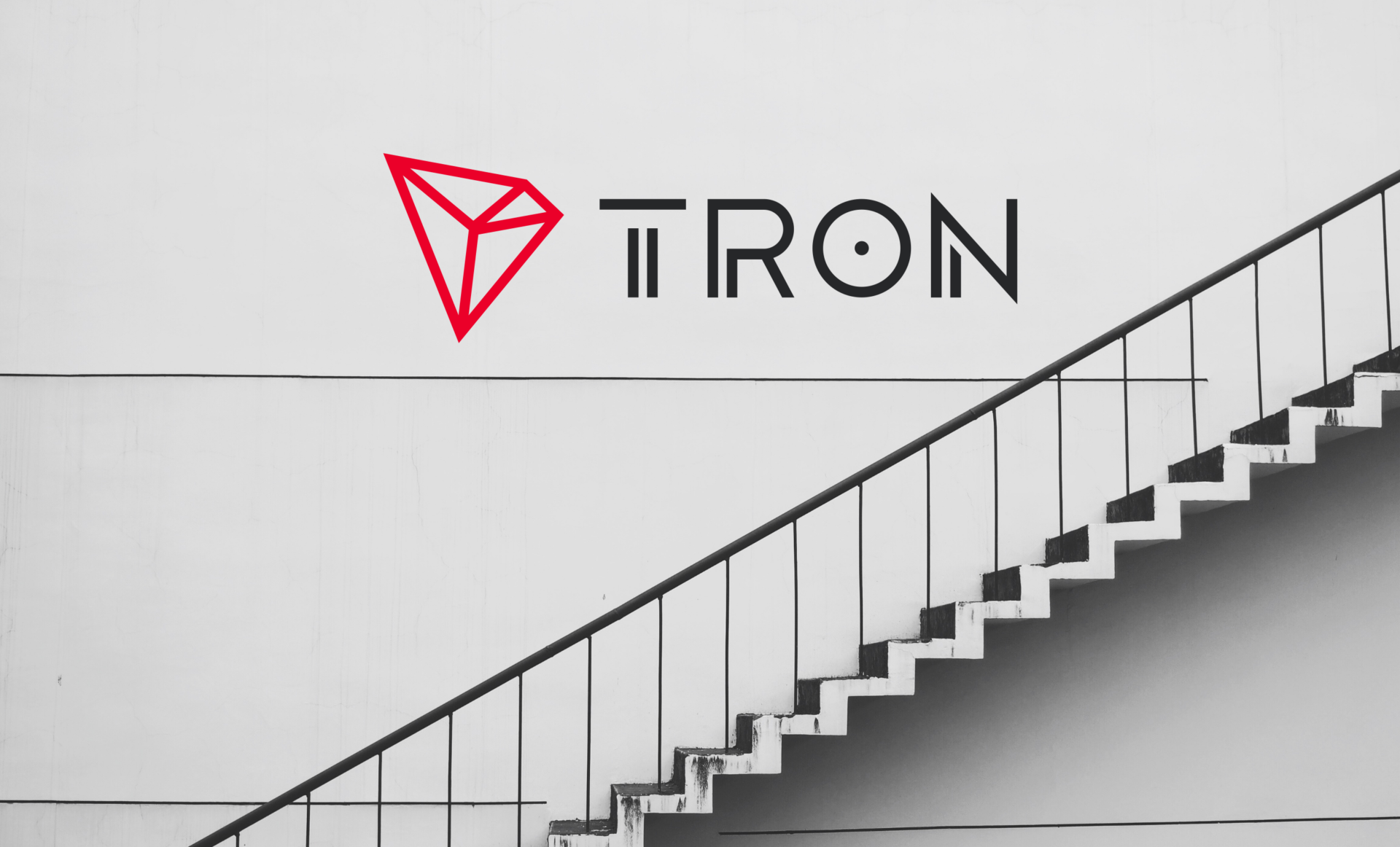TRON DAO shows user growth in the past weeks, for both new and repeat users. The network retains up to 30% repeat users on a monthly basis.
TRON remains one of the busiest networks, with a 30% user retention on a monthly basis. New users reached 250K, of which a large part returned. The trend pushed daily active users on TRON from 1.2M at the start of 2024, to the current level of around 2.4M daily.
The TRON network now boasts 250M total wallets created, with around 250K new daily users. For some, the results may be a sign of bot-driven action or faked addresses. But there are also signs that TRON is turning into a highly active network for payments, powered by Tether (USDT).
According to CoinGate, one of the crypto payment gateway processors, TRON was the leading network of choice for payments. In Q2, TRON-based payments surpassed Bitcoin (BTC), making for 32% of all gateway orders.
The outsized performance on TRON follows a record year for CoinGate, which handled 1.2B crypto transactions. This is still a small fraction of TRON reported activity for all smart contracts and tokens, but indicates a shift to using crypto as a form of fintech payment gateway. TRON also changed the payment profile of CoinGate, which relied more on USDT compared to other chains.
TRON gets boost from retail USDT usage
The busiest smart contract on TRON belongs to Tether (USDT), in the form of a TRC-20 token. TRON-based USDT usage is showing a specific profile, different from Ethereum-based USDT.
The low fees and the presence of the TRON ecosystem still make USDT the most active smart contract in terms of energy consumption.
On-chain data shows the most common type of TRON-based stablecoin transaction is between $100 and $1,000. The TRON chain is also a venue for mid-range transactions between $1,000 and $10,000, surpassing BNB Chain in both cases. The TRON chain carried 3.5M USDT receivers and 2.7M senders.
The size of the transactions and the gradual growth suggests USDT usage may not be the work of bots, but is tied to some form of trading or economic activity. Additionally, there is a significant share of USDT transactions for small everyday payments.
TRON reports 60.8B USDT on its network, out of a total supply of 114B. The chain carries more than 78% of all USDT traffic. The current USDT volume still shows an uptrend, though lower than the March-April spike during the peak of the 2024 bull market.
TRX seen as undervalued based on value locked
The TRON blockchain is seen as undervalued based on a disparity between market capitalization and value locked. TRON carries around $7.6B in value even after the recent correction, with a favorable ratio to the $10.6B market capitalization.
In 2024, TRON remained distinct from the trend of other L1 and L2 assets, with a separate ecosystem for DEX and yield farming. This has allowed the TRON hub to avoid contagion from other markets, by also having a native selection of decentralized apps.
The TRX native token has also behaved as a utility asset, trading in a relatively tight range. TRX remained at $0.12, with a slight step back from its previous range at $0.14. TRX has a track record of showing no significant price moves even during market turbulence.
In the case of TRX, there are also some doubts that the asset is artificially kept afloat. Justin Sun, the founder of TRON DAO, has been accused multiple times of being an influential crypto whale, with the potential to affect markets and manipulate the price of assets.
The other fundamental metric is the fact that TRON is a net earner based on fees. The TRON chain earns between $20M and $30M monthly, sustaining this fee range for the first half of 2024. TRON is efficient in its block production and retains a larger percentage of the fees.
Transactions and active addresses picked up for TRON in Q2 compared to the preceding quarter. TRON also managed to move against the market, based on its own ecosystem growth and specific factors.
Cryptopolitan reporting by Hristina Vasileva





